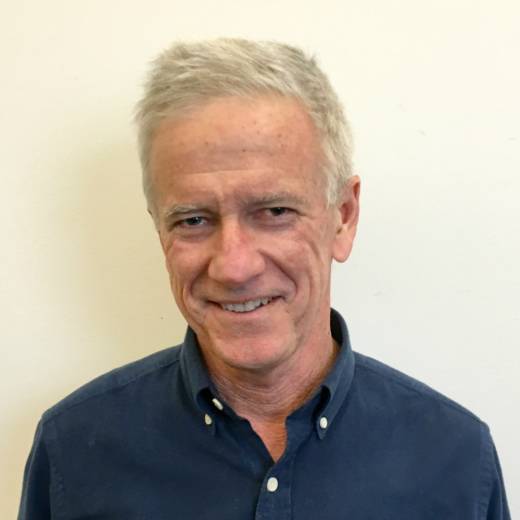The famous cry ‘There’s gold in them thar hills. . .’ has been replaced by the silent and insidious search for gold in our personal data. Paul Staley has this Perspective on the Gold Rush 2.0.
The iconic symbol of the California Gold Rush is the 49er, the intrepid prospector squatting by a creek, panning for gold. But those were the early days. After the easy pickings were gone, large enterprises took over that used hydraulic power to literally wash way entire hillsides in search of the gold buried inside them.
It has been clear for a while that we are living through the California Gold Rush 2.0. The tech companies that dominate our local economy have created more wealth than was ever extracted from the Sierra foothills. But today’s gold rush has also evolved in a manner similar to its predecessor.
You can think of our phones and laptops as modern day gold pans. They may not have made us rich, but when we held them in our hands they empowered us by offering access to the world in a way mankind had never seen before. They gave us the freedom and mobility to strike out on our own in search of whatever it is we wanted in the vastness of the internet. But over time new enormous enterprises have emerged, built on a business model eerily reminiscent of the hydraulic miners. Wealth is now created by collecting and then scouring through huge virtual mountains of data, looking for nuggets of information about our biases, fears and desires.
Now, amidst the controversies surrounding the last presidential election, it may be instructive to go back and re-examine the experience of our original gold rush. Hydraulic mining didn’t just destroy hillsides. The silt and runoff it produced washed down through the Sierra watershed, clogging the rivers of the Sacramento Valley and leading to years of catastrophic flooding. This was an activity that generated great wealth but at enormous collateral damage.
